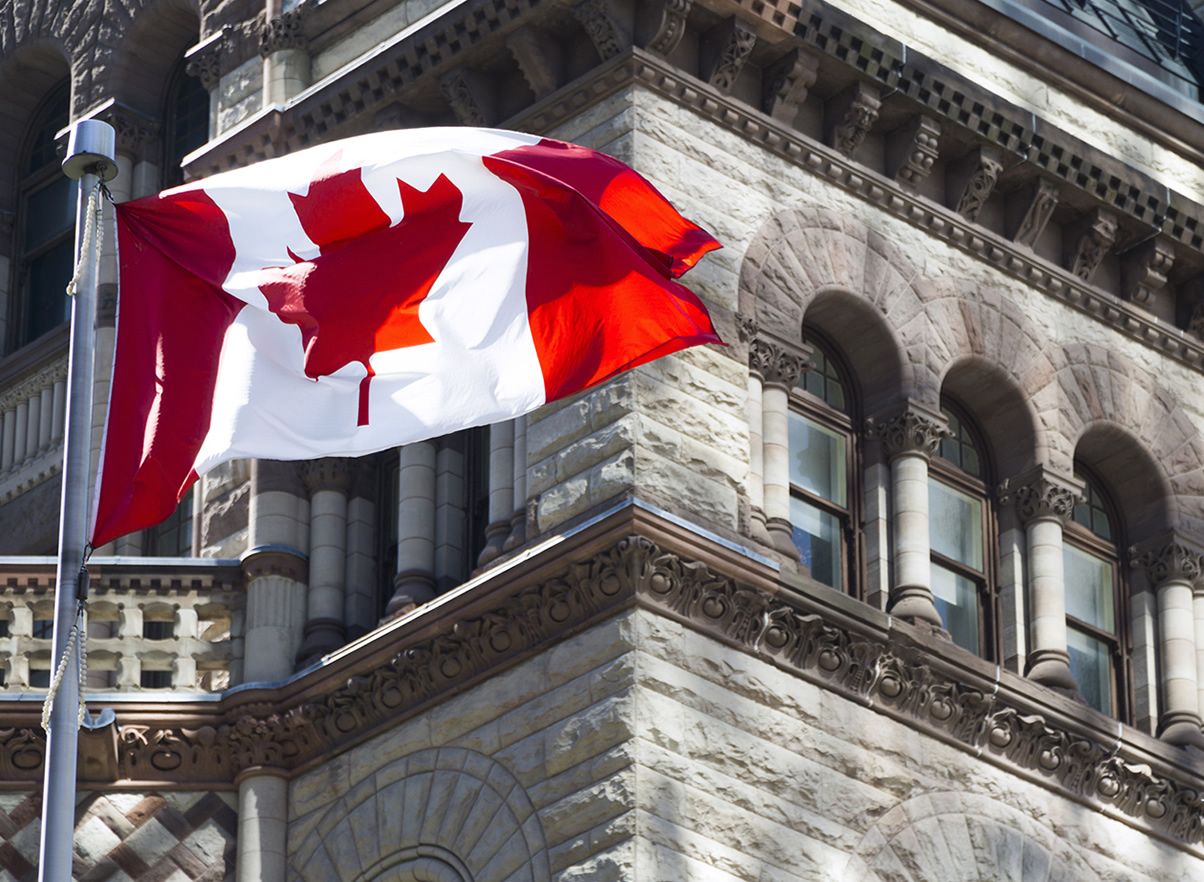
Image © Adobe Stock
The Canadian Dollar is at risk of further decline as the Bank of Canada will opt to slash interest rates if the U.S. imposes 25% tariffs on Canadian imports.
The Bank of Canada reduced its target for the overnight rate by 25 basis points midweek, bringing it to 3%.
The Bank said the decision partly rested on the imminent risk of tariff hikes, with Governor Macklem confirming it was an important factor despite evidence that past rate cuts have started to boost the economy.
Macklem cautioned that the Bank would not necessarily rush into cutting rates if tariffs are imposed by the U.S., judging that if Canada reciprocates inflation could rise.
Given the Bank's task is to fight inflation, this would argue for higher interest rates.
This highlights the conundrum facing the Bank: does it support economic growth via lower interest rates or hold rates (or lift them) in the face of potentially higher inflation? The outcome will be important in determining CAD direction in the coming months.
"We would expect the tariffs to tip the balance more in favour of the BoC cutting rates further to support growth," says Lee Hardman, Senior Currency Analyst at MUFG Bank Ltd.
"The BoC also evaluated the potential impacts of U.S. tariffs on the Canadian economy. We think the BoC is more concerned about the negative impact of tariffs on economic growth than their inflationary effects," says Kristina Clifton, Senior Currency Strategist at Commonwealth Bank.
The Bank of Canada said it expects the Canadian Dollar to weaken in response to the deterioration in Canada's trade balance, which will likely affect Canada's terms of trade.
MUFG estimates that the Canadian dollar will weaken by 5-10% further if Trump imposes 25% tariff hikes on imports from Canada.
During his first week in office, President Trump threatened to impose 25% tariffs on imports from Canada and Mexico on February 01. He has also routinely signalled the threat of tariffs to be a negotiating tool to extract concessions from trading partners.
If Canada can negotiate away the tariffs, or at least lower them, we might see CAD rise in relief.
Heading into any tariff shock, Canadian business investment remains subdued, and the labour market shows signs of softness, even if the Bank sees some signs of improvement courtesy of previous rate cuts.
The unemployment rate was 6.7% as of December 2024, and wage pressures are beginning to ease.
The Bank of Canada lowered its growth forecast for the next two years to 1.8% y/y in both years (from 2.1% in 2025 and 2.3% in 2026). Alongside, it raised its inflation forecast for 2025 and 2026 by a tenth of a percentage point each.
"Higher inflation and lower growth is not a good combination for the CAD," says Michael Pfister, an analyst at Commerzbank. "These are unlikely to be enough to paint a more positive picture for the CAD in the coming weeks."
